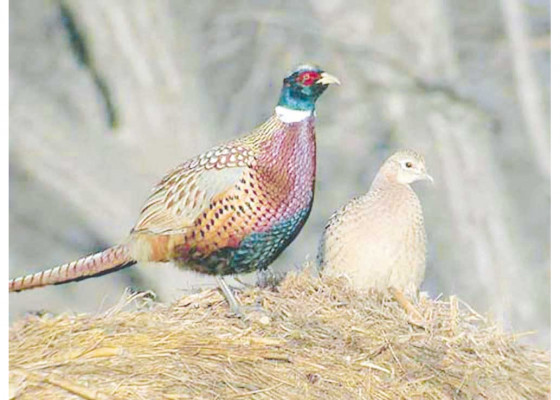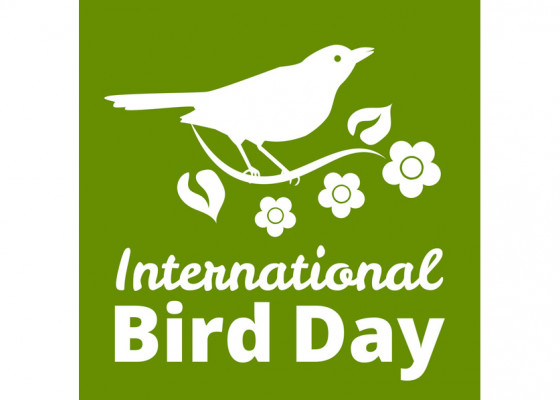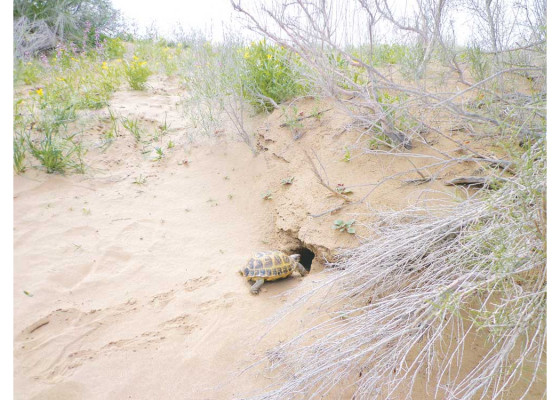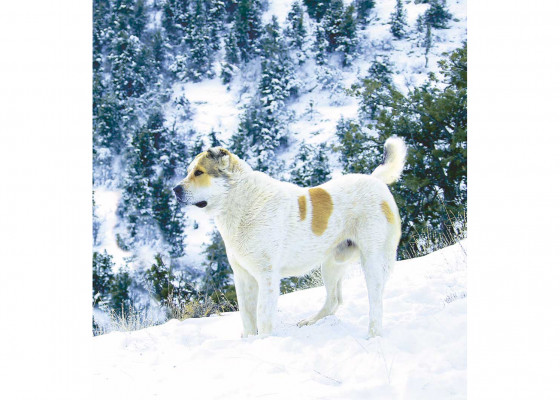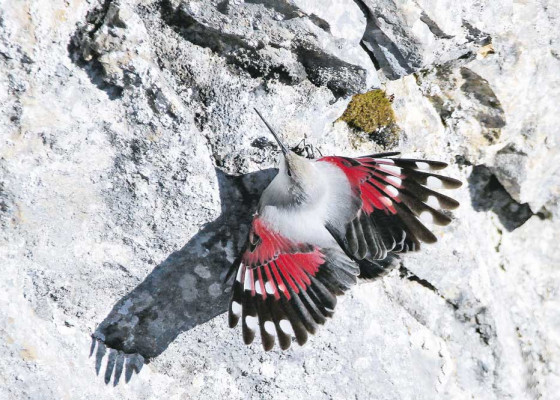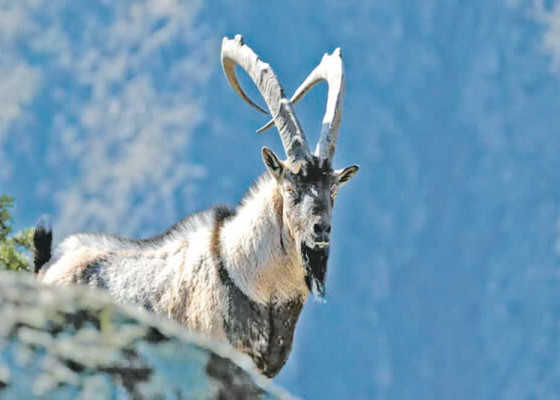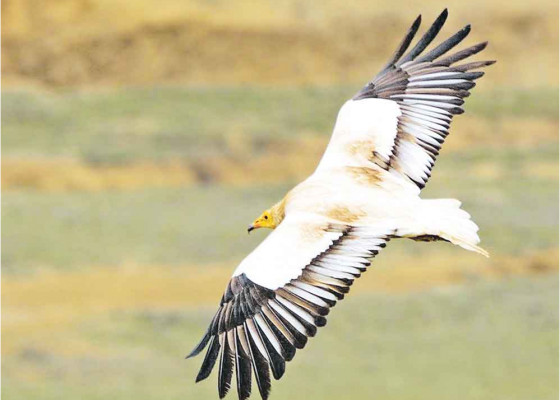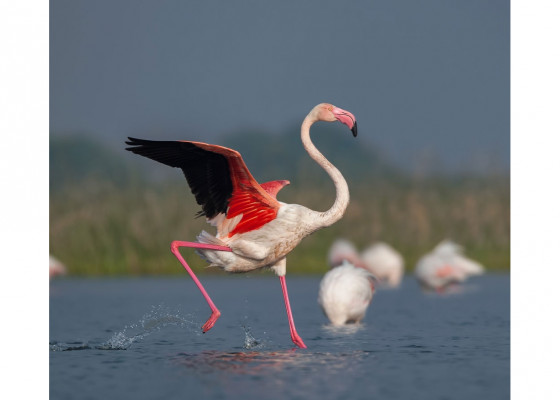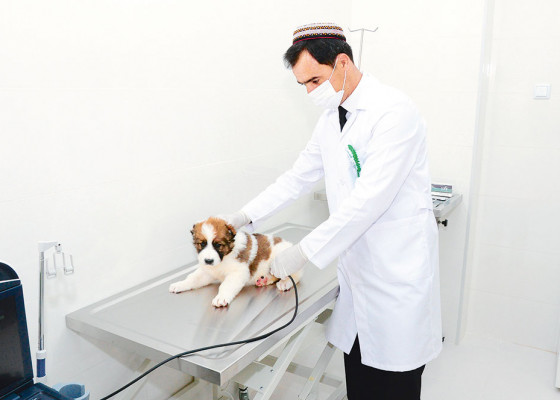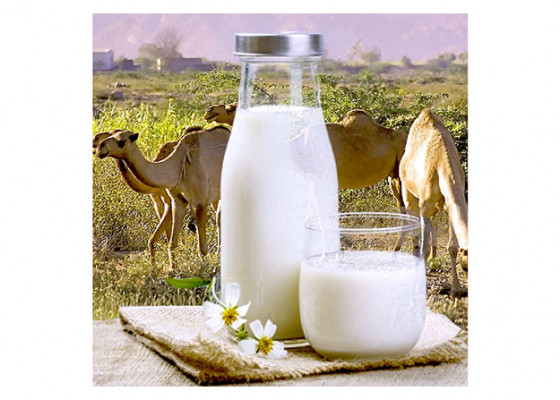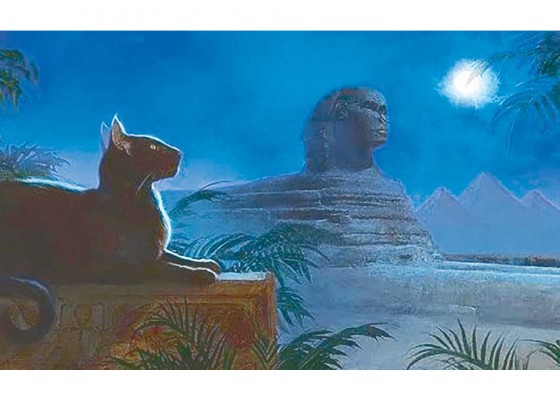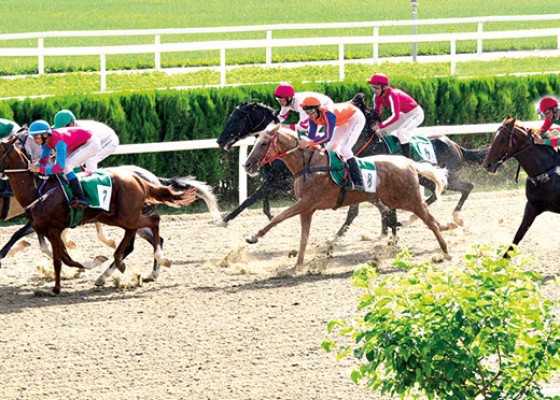An Adornment of Wildlife
This large bird with magnificent plumage is a representative of one of the numerous families in the order Galliformes. According to its distribution, the pheasant is a southern bird, found in Western, Central and Southeast Asia, inhabiting the forests of Eastern Tibet and Southern and Western China. In the Commonwealth of Independent States, pheasants live along the banks of the Volga River, in the river valleys of the North Caucasus and Transcaucasia, near Lake Balkhash, the Amur River and Primorye. Four subspecies are found in our country: Phasianus colchicus chrysomelas is common in the lower reaches of the Amudarya River, Phasianus colchicus zarudnyi – along the middle course of the river, Phasianus colchicus principalis settles in the tugai forests of the Tejen and Murgab valleys and the Karakum River, and Phasianus colchicus persicus can be found along the banks of the Sumbar and Etrek Rivers. This wild bird resembles domestic chickens in appearance; it is slightly smaller in size and has a thin long tail. Males with yellow-brown plumage, iridescent metallic, golden and purple hues are very beautiful. The adults weigh up to 2 kilogrammes. Females are smaller than males and have a more inconspicuous grey-sand colour. Pheasants spend most of their lives on the ground, feeding on small animals and insects, including ants, wood lice, spiders, worms and snails. Their plant f


